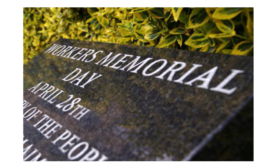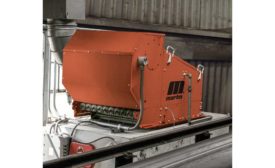Home » occupational disease
Articles Tagged with ''occupational disease''
Kentucky to make it harder for black lung victims to claim benefits
X-ray reading experts are excluded from the process
April 2, 2018
Never miss the latest news and trends driving the safety industry
eNewsletter | Website | eMagazine
JOIN TODAYCopyright ©2024. All Rights Reserved BNP Media.
Design, CMS, Hosting & Web Development :: ePublishing







